I started Part One of this guide to Georgian food, not quite anticipating the mammoth 2000 word saga that it would turn into. I had planned to cover everything from meals to drinks to special occasions in that article but only just managed to scratch the surface of the three main meals! So I’m back with Part Two to cover drinks, snacks and weekend treats. Much like Part One it became evident pretty quickly that I wasn’t going to be able to cover everything that I wanted to so there will be articles to come on alcoholic drinks and special occasions!
(As I stipulated before, this series of articles are by no means meant to be a comprehensive guide to Georgian food, nor do they necessarily represent every person in the country. It is however a look back at my personal culinary experience living there whilst also trying to give a general insight into Georgian food culture.)
Non-Alcoholic Beverages
Vanilla, pear, lemon, random green fruit nobody could give me a translation for and tarragon. What am I naming flavours of? Lemonade. Yes, that’s right, lemonade.
The generic Georgian term for soft drinks (excluding famous brands like Coke, Fanta etc.) is limonadi. For native English speakers that obviously seems a bit weird since lemonade is one specific type of drink which tastes like, well lemons, but for Georgians it’s an umbrella term for sugary, carbonated drinks which includes all of the flavours above. Various brands make the stuff, although Natakhtari (who also made beer) is probably one of the best and most popular. It’s super popular – bottles of the stuff would be dotted around the table at supras and we would regularly have it with our dinner during the week. A good little authentically Georgian but lesser known thing to try if you’re visiting. Oh and as far as the tarragon flavour is concerned – it’s not as bad as it sounds.
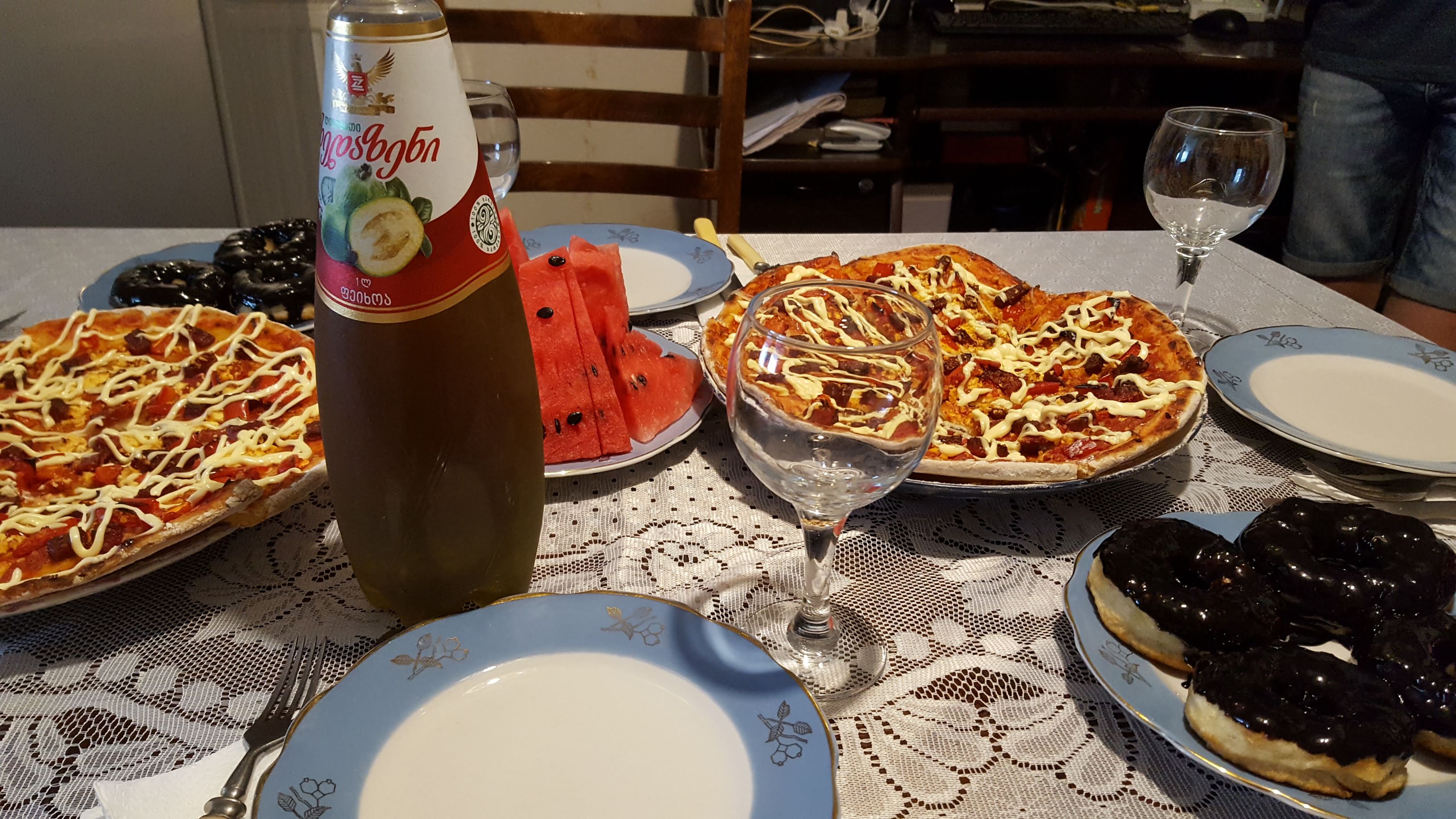
If you don’t fancy something fizzy there’s always some tasty kompot. Another pan-Soviet phenomena (although with origins in many Slavic countries), I can only imagine that this began as a tasty way of preserving fruit. It’s a pretty simple concept – fruit boiled in water with a whole load of sugar then left to steep in a jar for a period of time until it forms a thick syrupy liquid. There are shop bought varieties but naturally homemade is best. It can be made from a variety of fruits such as strawberries and sour cherries but peach was the absolute favourite that my host family would make. My host family always laughed at me as I tried to spoon out the leftover fruit from my glass. But what can I say? Their fruit preserving game is as good as their pickling game!
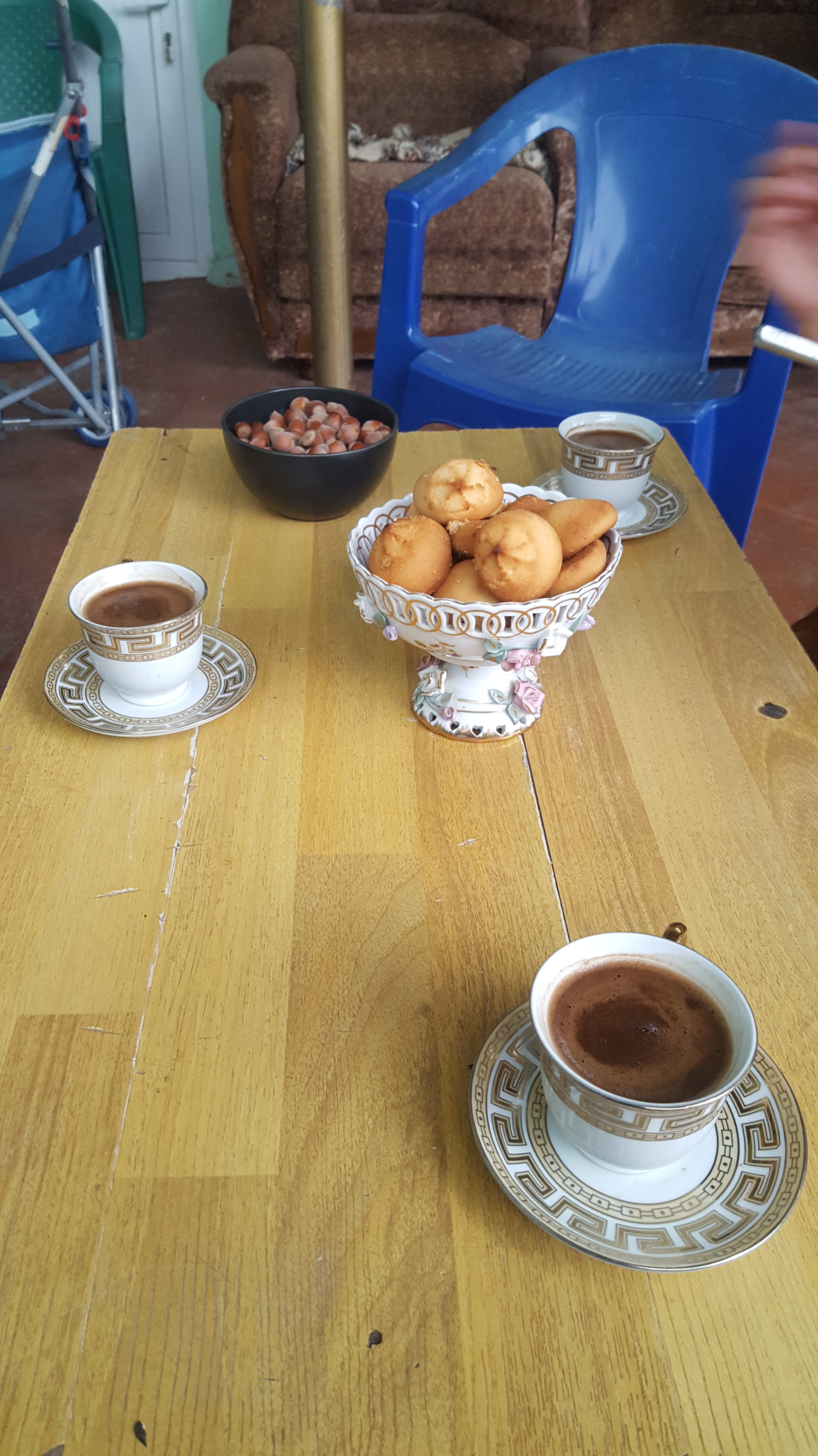
As far as hot beverages are concerned, Turkish coffee is king and is probably the Georgian equivalent of a chai soy decaf latte. If you’re unfamiliar with Turkish coffee then it is an incredibly thick, almost grainy texture drink served in a teeny, tiny glass. But any kind of coffee will do and my co-teachers used to love gathering me into the small coffee room at school – actually the Biology lab store cupboard – with its decades old electric kettle between classes to enjoy a coffee (and admittedly sometimes a brandy). They always liked theirs with at least two or three spoonfuls of sugar and could never quite get over the fact that I liked mine black! My host mum also often made a delicious tea from a herb with a similar taste to mint but the leaves of which were a different shape. Friend of mint tea – you were great!
Snacks
For a peckish Georgian (or peckish Scottish expat) the first stop would be a visit to the satskhobi – or bakery – ususally to grab a khachipuri or a lobiani, along with other more familiar Greggs-esque treats such as sausage rolls and mini pizzas. I talked about lobiani in Part One and this was my go to snack for something delicious and filling.
![]()
![]()
Now seems like a good time to tackle the mammoth topic of khachipuri. For Georgians, khachipuri is practically holy and I can guarantee that for any Georgian you meet, it won’t be long before they ask you if you’ve tried this cheese filled bread yet. Admittedly, without seeming insulting, I don’t quite get their obsession – it is effectively a cheese toastie. However the nation is obsessed and seem to have a khachipuri for every occasion. I was reliably informed that one particular kind, where the dough was fashioned in small palm sized pieces rather than the normal large sharing portion, was only to be consumed on one particular holiday which commemorates the dead.
Khachipuri is even used as an indicator of inflation with the Khachipuri index having been invented by Georgian economists.
If you are going to jump on the carb and dairy fuelled khachipuri train though, your first stop needs to be with an acharuli khachipuri. It is probably the most iconic khachipuri – featuring a boat shaped doughy based filled with cheese, egg and a heart attack inducing portion of butter. You rip off bits of the thick crust to dip them into the hot, melted filling. If you eat one of these to yourself expect to walk away rubbing your belly filled with your newly fertilised food baby.
![]()
![]()
As I said before, Georgian meal times are pretty eclectic and I would be tempted to say that Georgians don’t like snacking an awful lot. What they do like though is a guest and a bit of cake. When we weren’t eating cake for breakfast, it was being enjoyed with a guest or for a special occasion. But Georgians don’t seem to like just any cake. Their cakes were always tall, multi layered, super airy affairs. They were lavished in thick, buttery icing and were oh so sickly. Nestled in between the layers was often fruit or nuts. If I’m honest I wasn’t a big fan and found the cakes normally quite bland but hey ho, the locals seemed to love any occasion to munch on them. Other popular snacks when guests were around were fruit and nuts & seeds – frequently pomegranate seeds and sunflower seeds.
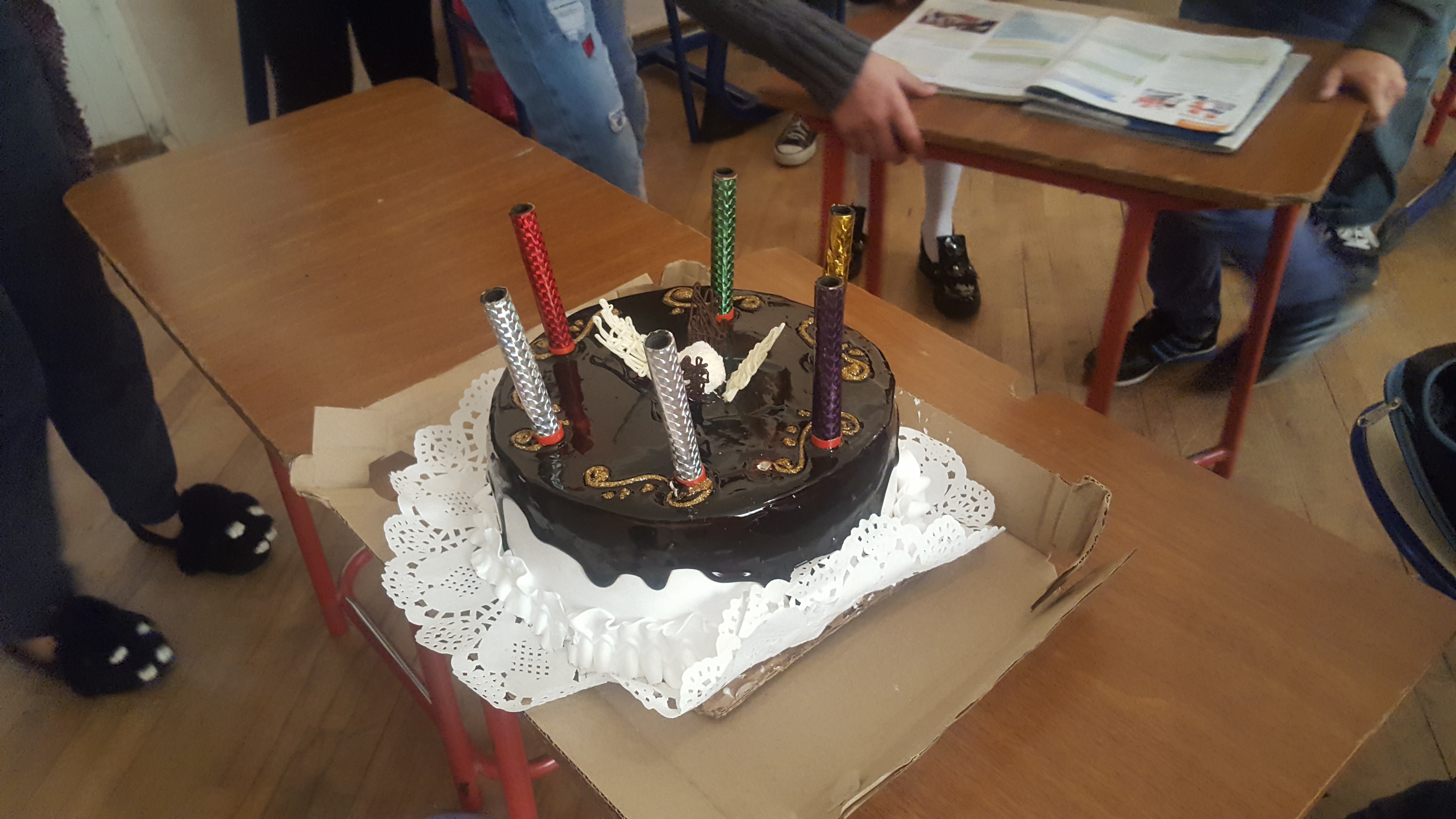
For me personally however, the mother of all snacks during my time in Georgia was a sunflower seed Snickers. Much like regular Snickers, only in yellow packaging and with the addition of sunflower sees, these only came out maybe half through my time in Georgia. But that was plenty of time for me to become an addict and at one point I was probably devouring one a day. They also sold them in Armenia and Azerbaijan – have a look out for them if you’re ever in the region because you might just have a new favourite chocolate bar after trying one of these.
Western Food and Weekend Treats
I like food. I like eating. I like cooking. I like socialising over food. I like learning about new flavours, dishes and techniques. I like going to the supermarket and stocking my cupboard with seven different types of rice for no reason. But in Georgia I had a turbulent, oft stressful relationship with food.
Going from living on my own for six years, being an avid meal planner, cooking for myself and deciding what and when I was eating had become just a generally accepted part of life – and necessary for survival. But living with a host family took nearly all of that control away from me. From no choice over what I ate to often being starving because of the sheer randomness of meal times – but not wanting to offend my host family by purchasing my own food I did not fall in love with Georgian food in the way that I might have hoped.
And I’ve also spoken about how hard it was to find food that wasn’t Georgian. There was no Western supermarkets in Kutaisi and only one Italian and one Turkish restaurant. So forgive me for this next sentence:
Wendy’s opening in Kutaisi was the best thing to happen in my year abroad.
Okay, that’s a slight exaggeration – it wasn’t the best thing. But it was pretty fucking good. Now, as a Brit who has never been to the States I had never been exposed to Wendy’s in real life. I remember when I first arrived in Georgia and we were driving from the airport to our hotel and we drove past this massive shopping centre called West Point in Tbilisi. I rolled my eyes as I saw the massive lit up signs for Wendy’s and Dunkin’ Donuts.
Little did I know that both of these chains (and McDonald’s) would become my ally later on in the year.
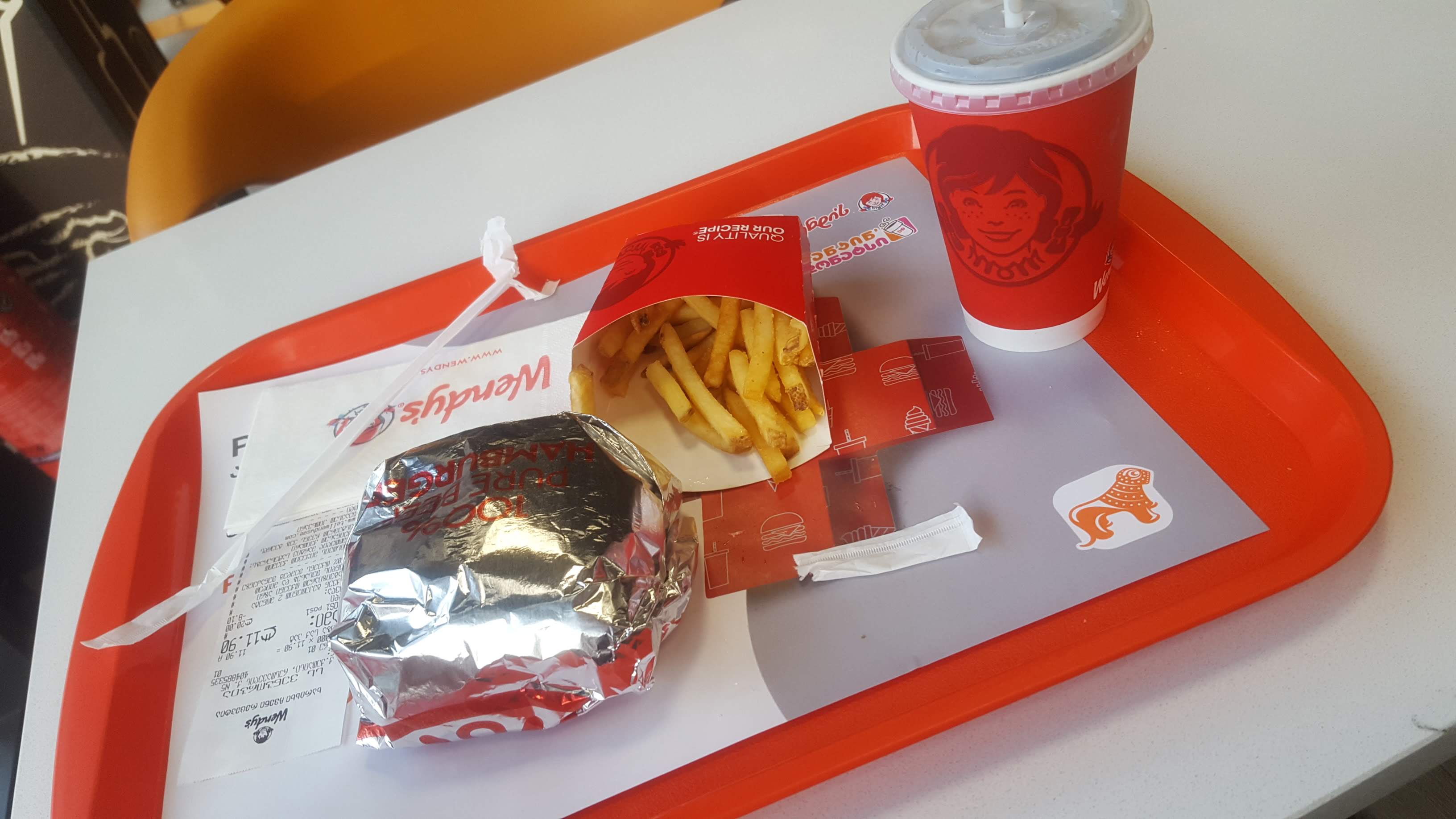
There reached a point where I was frequenting one or both of these establishments several times a week after finishing class. Not so much because it was actually the food that I wanted but just to have some sort of control over and some enjoyment out of the food that I was putting in my body.
Eating had become a mechanical activity and purely for sustenance. I didn’t even really feel like I was getting much nutritional value out of what I was eating – which was evidenced by erratic periods where I felt so tense and wound up that sometimes I actually couldn’t even sleep. At least by going to one of these places I was getting some sort of pleasure out of what I was eating. My relationship with Georgian food had become pretty fraught at this point as it symbolised the lack of control that I had in my host family. This was the total antithesis to that.
Plus you know, Wendy’s is fucking tasty #WendysInTheUKPlease
But, if you’re just visiting Georgia for just a few days and are successful in not developing the same complex around food that I did there and want some junk food that’s a bit more local then I can’t recommend enough stopping off at your local shaurma hut. Shaurma, or shwarma as you probably know it as better is ubiquitous in Georgia. You’ll easily spot them by the image of the meat on the turny thing that is outside most of them. Whilst Turkey might do better at “real” kebabs, of all the shitty shwarma joints that I tried in Istanbul, none topped Georgia’s. Mystery meat with salad, tomatoes, cucumber and coriander, doused in mayo and siracha sauce and complimented and contrasted by the sharp, spicy taste of pickled chillies. Ranging in size from enough to feed a small family to enough to feed a small country, these are one of the best value for money quick snacks you can get in Georgia, starting at around £1. They always used to be my Friday afternoon treat before getting the bus somewhere to explore for the weekend since there was so many good shaurma spots next to the bus station in Kutaisi. I recommend one across the road from the McDonald’s called Istanbul which has a red front.
I wish I could have come back from Georgia saying how much I fell in love with the cuisine. Despite all the stresses and strains of my life in China, the one thing I returned home from there with was an absolute adoration of the food – and it’s one of the main reasons I would consider a return visit. Don’t get me wrong – there are many, many delicious dishes in Georgia, both at home and in restaurants – but I think it just goes to show that our relationship with food is a complex and fundamental one.
Writing these two articles has also made me realise that the food culture of a country is so much more than just those emblematic national dishes, such as khachipuri. It’s when and where people eat, it’s where they buy (or don’t buy) their ingredients from, it’s the herbs and spices and the methods of cooking. And sometimes it’s just a Snickers in a little yellow packet.
Look out for more articles on the topic of food and drink in Georgia!
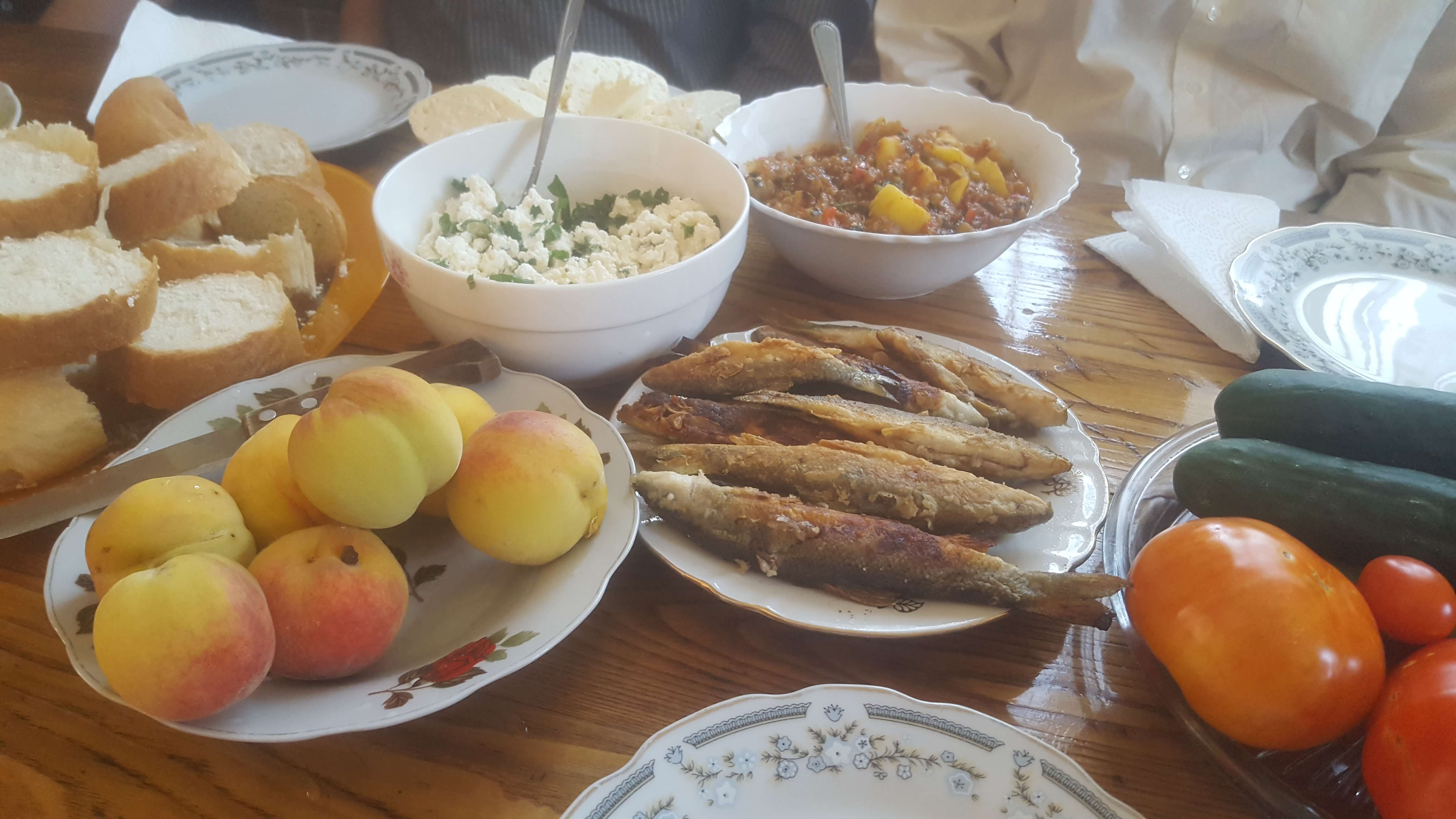
Comments
One response to “How to Eat Like a Georgian: Part 2”
I had no idea Georgia had such unique food and beverages. I will have to try some of these next month when I am in Savannah. Great list!